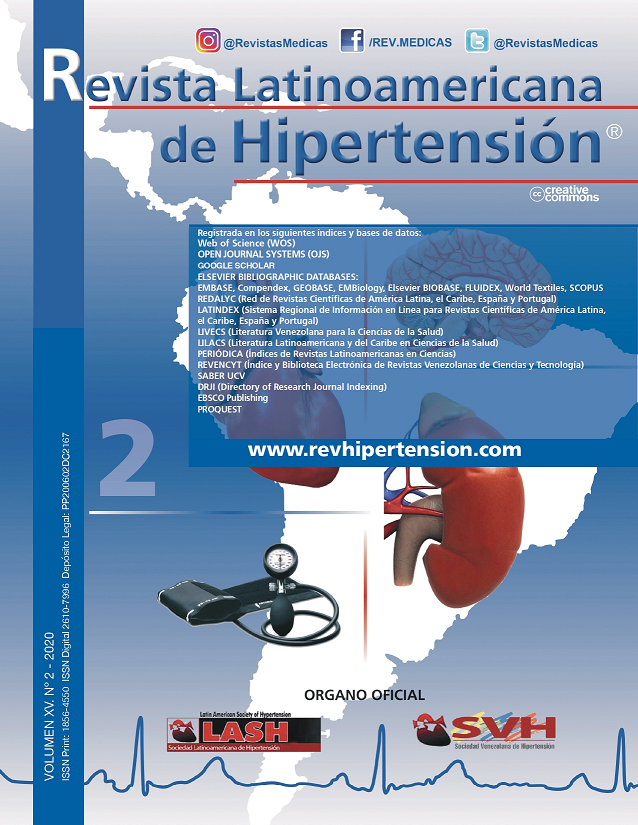Effect of low-level laser on controlling temporomandibular disorders
Palabras clave:
Low-level laser therapy, temporomandibular disorders, TMD, LLLT.Resumen
Background: Temporomandibular disorders (TMD) arecharacterized with associated headache and facial painsto induce common complaints in the temporomandibularjoint, ears, and masticatory muscles, as well as both or oneside of the jaw pain after biting down. present work wasdesigned to study on the efficacy of low-level laser therapy(LLLT) for controlling temporomandibular disorders.Materials and Method: Based on the previous studies,40 patients were selected based on the protocol for evaluationtools of temporomandibular disorders. All subjectswere exposed to LLLT in 6 sessions (λ=810 nm, poweroutput: 0.6-watt, application time: 60 s, dose: 4 J/cm2).Results: The data analysis determined that pain intensity,the number of tender points, joint sound, the maximummouth opening, the maximal pain-free, and finally rightand left lateral movements reduced during a 6-monththerapy. The t-test analysis showed that the measuredchanges were significant statistically after first session(p<0.05). Additionally, ANOVA results proved the significantchanges during the first month of therapy, but afterthat, all measured parameters did not vary significantly(p>0.05).Conclusion: The low-level laser therapy can induce someimprovement in the pain intensity, the number of tenderpoints, joint sound, the maximum mouth opening, themaximal pain-free, and also right and left lateral movementsduring one-month treatment. Therefore, it is concludedthat LLLT is a beneficial alternative option for controllingthe temporomandibular disorders appropriately.Descargas
Los datos de descargas todavía no están disponibles.

